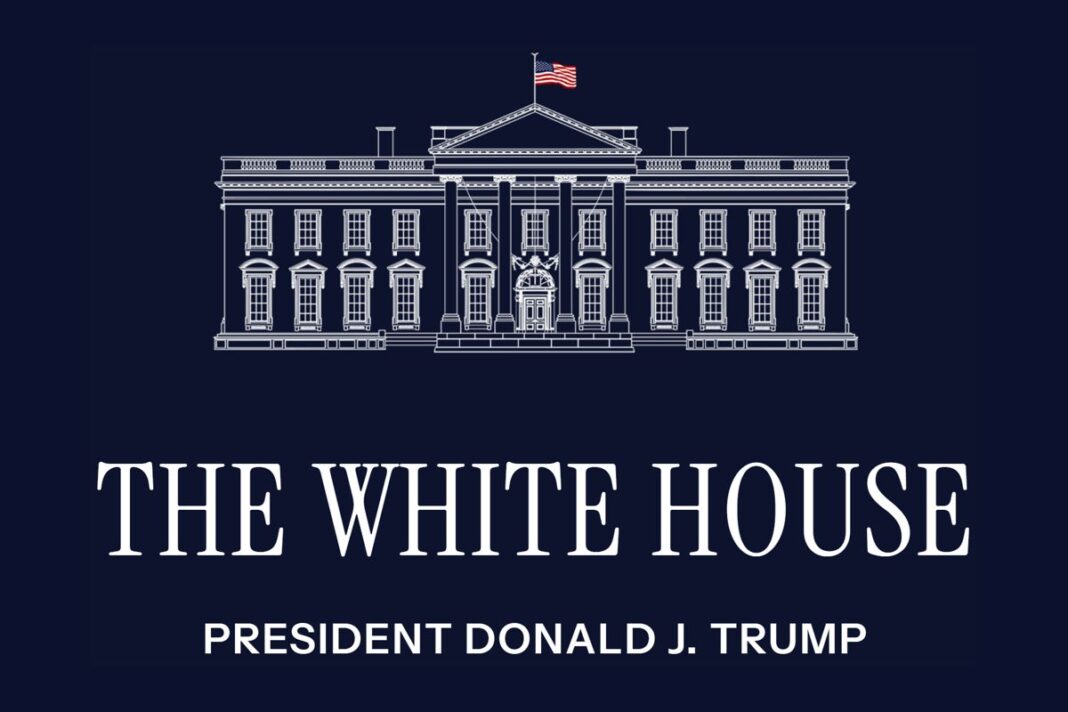The federal government is committed to replacing synthetic food dyes in the nation’s food supply with natural alternatives by the end of 2026.
The U.S. Food and Drug Administration (FDA) has approved three color additives derived from natural sources for use in food products, responding to increasing public concern over the health risks associated with synthetic dyes.
The agency on Friday approved two new natural color additive options and expanded approval of a third one. They are galdieria extract blue, butterfly pea flower extract, and calcium phosphate.
“The FDA determines whether an additive is safe to use by considering the projected human dietary exposure to the color additive, the additive’s toxicological data, and other relevant information, such as published literature,” the agency said.
U.S. Health and Human Services Secretary Robert F. Kennedy Jr., who has made phasing out synthetic dyes from the nation’s food supply a centerpiece of his “Make America Healthy Again” agenda, hailed the decision as “a major step” toward that goal.
“For too long, our food system has relied on synthetic, petroleum-based dyes that offer no nutritional value and pose unnecessary health risks,” he said in a press release. “We’re removing these dyes and approving safe, natural alternatives—to protect families and support healthier choices.”
The FDA said the final rule will be published in the Federal Register on May 12 and take effect in June.
The decision follows an April announcement by Kennedy and FDA Commissioner Marty Makary outlining their plan to replace synthetic food dyes in the U.S. food supply with natural ingredients by the end of 2026, primarily through voluntary action by the food industry. Rather than imposing outright bans on products that cause health concerns, Makary said that the agency is accelerating the review and approval of natural alternatives.
The officials did say they would revoke authorization for two artificial dyes, Citrus Red No. 2 and Orange B, and fast-track the revocation of Red 3, a food color additive banned in January after laboratory tests on rats showed potential cancer risks.
The Newly Approved Natural Dyes
Galdieria extract blue is derived from Galdieria sulphuraria, a red microalgae found in highly acidic volcanic springs. It carries a water-soluble blue pigment called C-Phycocyanin, according to Fermentalg, a French biotech company that petitioned the FDA for its approval in 2021.
By Bill Pan







